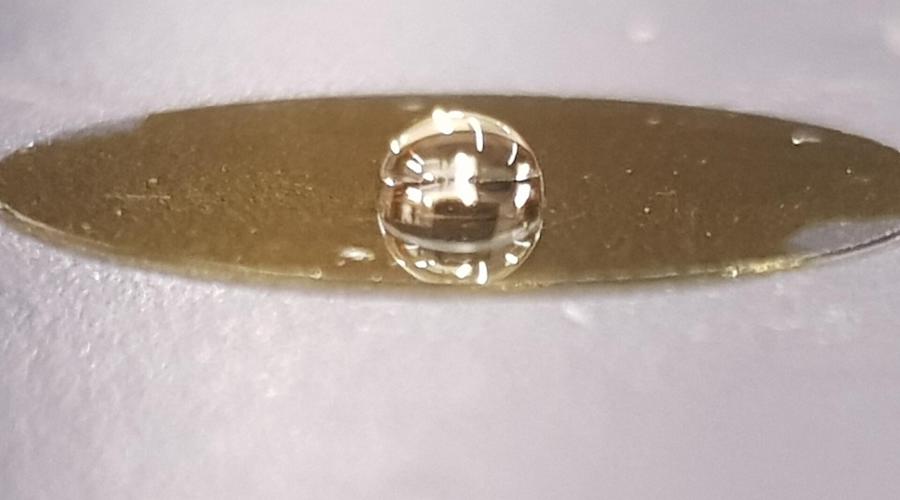
“While there was already some data out there on the lifetime of the virus on common-touch surfaces like stainless steel, plastics and copper, the lifetime of the virus on engineered coatings was less understood,” Kevin Mussleman, senior author of the study, said in a media statement.
Given what previous research had found, the team tested the effectiveness of the antiviral coatings on glass and N95 mask fabric.
Testing involved depositing coatings that were about 1,000 times thinner than a human hair, then immersing the coated glass and fabric in a viral solution or exposing them to smaller droplets of the viral solution. After removing the virus from the coatings, each extract was placed in contact with healthy cells and measured for its ability to replicate.
Results showed the other coatings did not have the same antiviral effects as copper or a copper-containing compound.
Additionally, they found that in some cases nanoscale thin films of copper can come off from the surface and rapidly dissolve in virus-containing droplets, enhancing the virucidal effect. This means that there are opportunities to tailor the coating in a way that enhances its interaction with the viral droplet and the antiviral effect.
In the view of lead author Louis Delumeau, adding an antiviral coating containing copper to the outside of masks or an inside filter could add an additional layer of safety.
“Not only would a mask that covers the nose and mouth greatly limit the transmission of the virus but adding a coating such as the one we developed could actually kill the virus rapidly and reduce the amount of virus spread,” Delumeau said.
“The antiviral coating could also be applied to high-touch public surfaces.”
Following these findings, the Waterloo research group is developing coating techniques for masks and is continuing to explore the dissolution process for smaller droplet sizes, as well as investigating how to control the adhesion of copper films to various surfaces.




